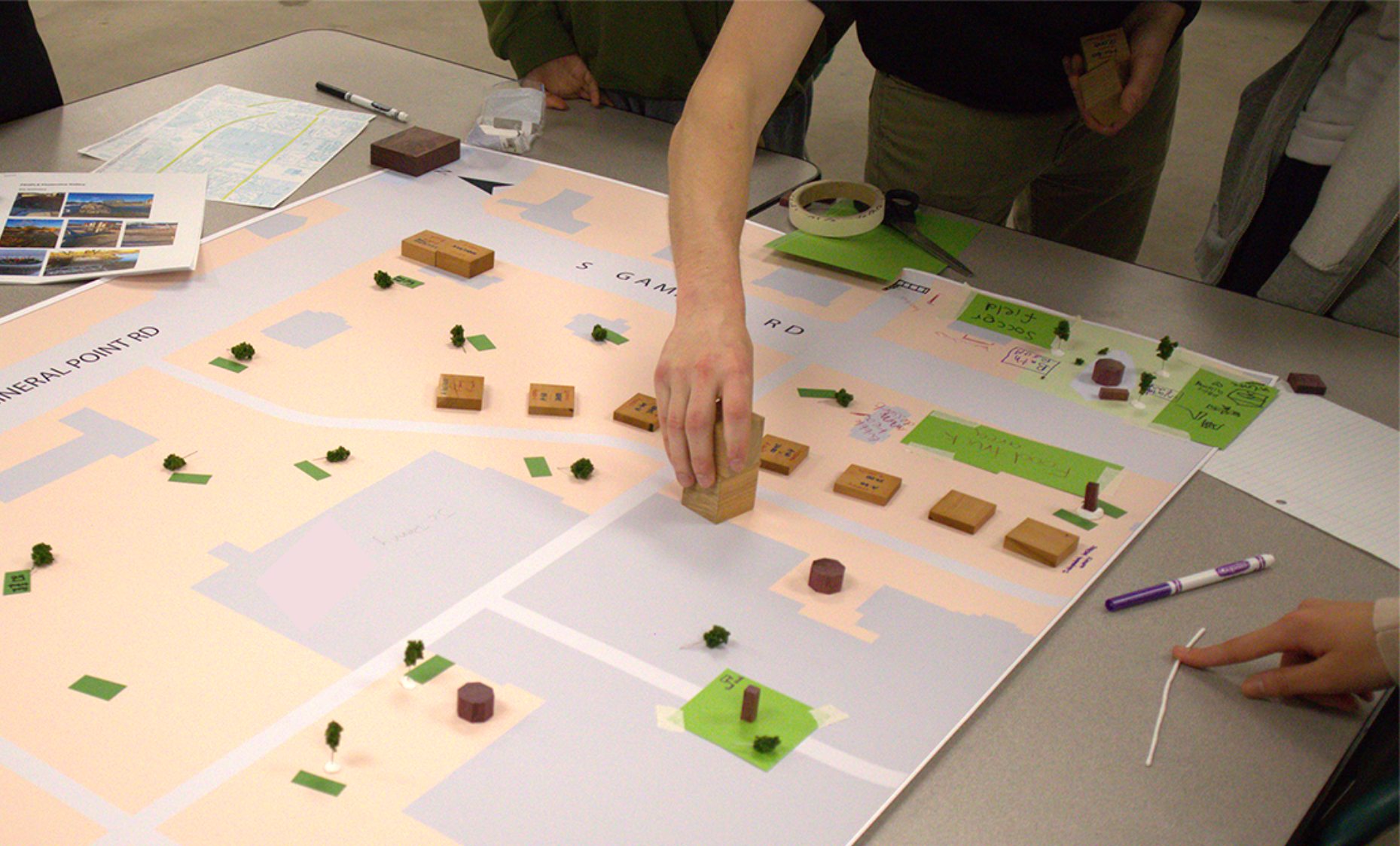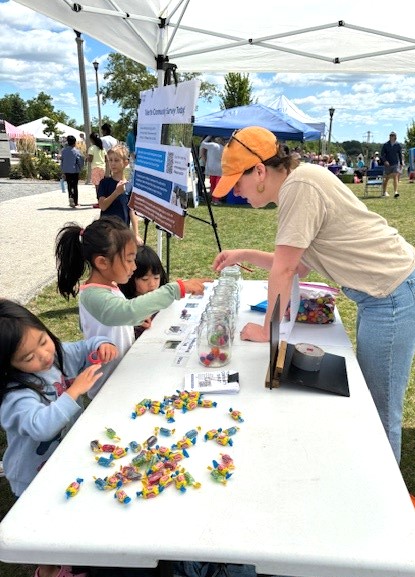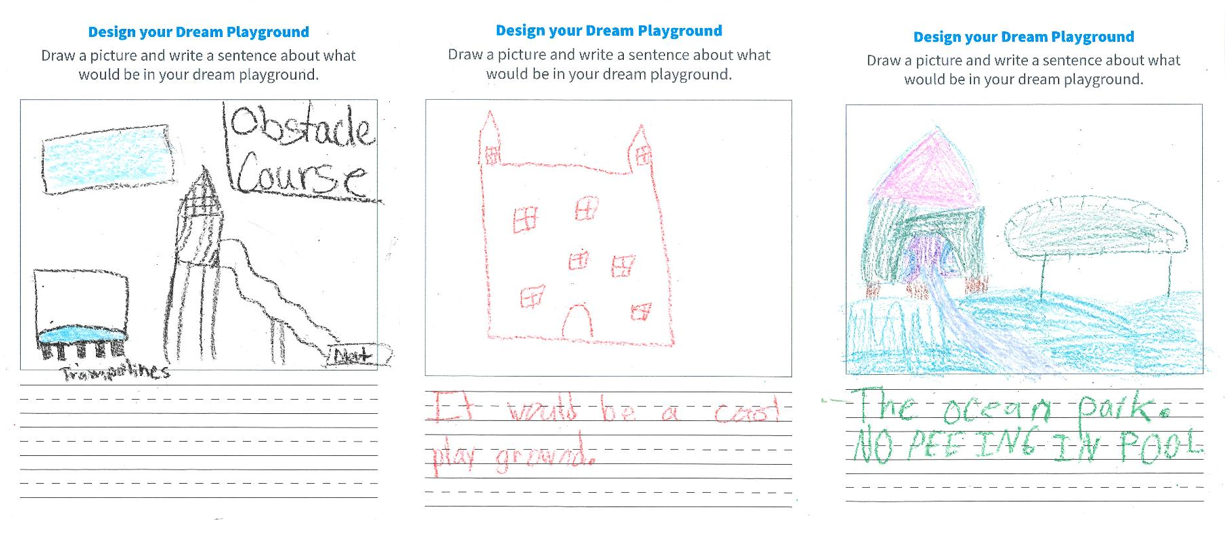Parks and recreational spaces are vital to the health, well-being, and vibrancy of communities.
They serve as places for relaxation, physical activity, social interaction, and connection with nature. Because these spaces are so integral to daily life, it is essential that the public has a voice in how they are planned, designed, and maintained. Public engagement in park and recreation planning ensures that these spaces reflect the needs, values, and aspirations of the communities they serve. This guide explores the importance of public engagement in park and recreation projects, outlines a practical framework for effective engagement, and addresses common challenges and solutions.
Understanding the Importance of Public Engagement
Public engagement is more than just a checkbox in the planning process—it is a cornerstone of democratic, inclusive, and sustainable design. When community members are involved in shaping their parks and recreational spaces, the results are more responsive, equitable, and widely supported.
Engaging the public in park planning helps:
- Identify community needs and priorities that may not be visible through data alone.
- Foster a sense of ownership and stewardship, leading to better care and use of public spaces.
- Build trust between residents and local governments, especially in historically underserved communities.
- Generate creative ideas that reflect the unique character and culture of a place.
Whether planning a new park, renovating a playground, or updating a trail system, public input can lead to more successful and meaningful outcomes.
Public Engagement Strategies

Identifying Community Stakeholders
Effective engagement begins with identifying who should be at the table. In park and recreation planning, this includes a wide range of stakeholders:
- Residents and neighborhood associations who live near or use the park.
- Youth and families, especially those who rely on parks for recreation and socialization.
- Seniors and people with disabilities, who may have specific accessibility needs.
- Local sports leagues, cultural groups, and environmental organizations who use or care for the space.
- Schools, libraries, and community centers that serve as hubs for public life.
- Park and recreation staff who will be working in and maintaining the park and open spaces.
Partnering with trusted community organizations can help reach underrepresented voices and build relationships that support long-term engagement.
Bringing Engagement Activities to the Community
Traditional public meetings often fall short in reaching a broad and diverse audience. To truly engage the public, planners must meet people where they are—both physically and culturally. Here are some effective strategies for park and recreation projects:
- Pop-up events in parks: Set up booths or interactive displays during busy times at local parks or community events. These informal settings encourage spontaneous participation and feedback.
- Interactive design workshops: Host hands-on sessions where residents can sketch ideas, build models, or vote on design features. These activities make planning accessible and fun.
- Online engagement tools: Use digital platforms like interactive maps, surveys, and idea boards to gather input from those who can’t attend in person. Social media can also be a powerful tool for outreach and feedback.
- Walk-and-talk tours: Invite community members to walk through the park site with planners and designers, discussing what works, what doesn’t, and what could be improved.
- Youth and family-focused activities: Provide child-friendly engagement options like art stations, games, or scavenger hunts that allow families to participate together.
- Language and accessibility accommodations: Ensure materials and events are inclusive by offering translation, interpretation, and ADA-compliant formats.

Incorporating Public Feedback into Plans
Collecting input is only the beginning. The real value of engagement comes from how that input is used. For example, if residents express a desire for more nature-based play, the final design might include a natural playground with logs, boulders, and water features. If safety is a concern, lighting and visibility improvements can be prioritized. After gathering feedback, planners should:
- Analyze responses to identify common themes, priorities, and concerns.
- Translate insights into design elements, such as adding shaded seating, inclusive play equipment, or native landscaping.
- Highlight community contributions in final reports and presentations to show how public input shaped the outcome.
- Share updates and next steps with participants to close the feedback loop and maintain trust.
Overcoming Challenges in Public Engagement
Despite its benefits, public engagement can face several challenges:
- Low participation: People may not attend meetings due to time constraints, lack of awareness, or past experiences of being ignored. To address this, diversify outreach methods and offer multiple ways to participate.
- Mistrust or skepticism: In communities with a history of exclusion or broken promises, building trust takes time. Partnering with local leaders and demonstrating follow-through can help rebuild confidence.
- Conflicting opinions: Not all feedback will align. It’s important to balance diverse perspectives and communicate how decisions are made.
- Resource limitations: Budget and staffing constraints can limit engagement efforts. However, even small-scale activities—like a suggestion box at a park—can provide valuable insights.
By anticipating these challenges and planning accordingly, engagement can be more inclusive, effective, and rewarding.
Conclusion
Public engagement is essential to creating parks and recreational spaces that are welcoming, inclusive, and reflective of community values. By identifying key stakeholders, using creative and accessible engagement strategies, and incorporating feedback into planning and design, communities can build parks that truly serve the people who use them. Whether you’re planning a new green space or revitalizing a beloved neighborhood park, remember: the best designs are those shaped by the people who will enjoy them. Let their voices guide the way.

